Logo
Södra’s logo is the company’s most important visual element. The logo is used in all Group-wide material, and in all contexts where all or parts of the Group are to be recognised. By always following the rules for how the logo should be applied, Södra’s identity will be clear and our brand will be strengthened.
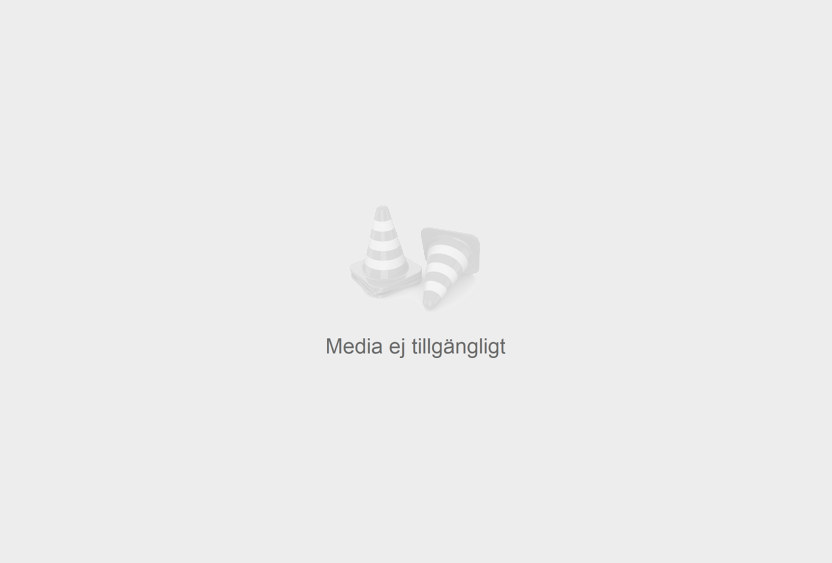
VERSIONS
The logo comes in three versions – Södra Green, which is used against a light background, a white version for dark backgrounds and a black version, which is only used for black and white printing. Always choose the version that contrasts best with the background. Södra’s role as the sender will then be clear in all types of communication. The relationship between the symbol and the name is fixed, and any resizing must be proportionate.
The logo must be used in its entirety without any distortion or modification.
Download the logo
WHY CAN’T I OPEN/ATTACH THE LOGO THAT COMES IN EPS FORMAT?
To open the logo that comes in EPS format, you must have either Photoshop or Illustrator installed. The EPS file format is mainly used for vector graphics, which allow you to resize the logo without compromising its quality. This format is used for printing. Choose PNG or JPG versions of the logo instead.
Click the link to download the logo. The folder that you download contains all of the logo versions described above in three different file formats: EPS, PNG and JPG.
Sizes
Standard sizes of the logo are used for printed materials, such as brochures, roller banners and signs (see below), to maintain a consistent line. The size is based on the height of the symbol.
• A3: 14 mm
• A4: 10 mm
• A5: 8 mm
• A6: 6 mm
• Roller banner: 50 mm
• Sign, 70x100: 35 mm
• Sign, 50x70: 25 mm
The minimum logo size is 4 mm.
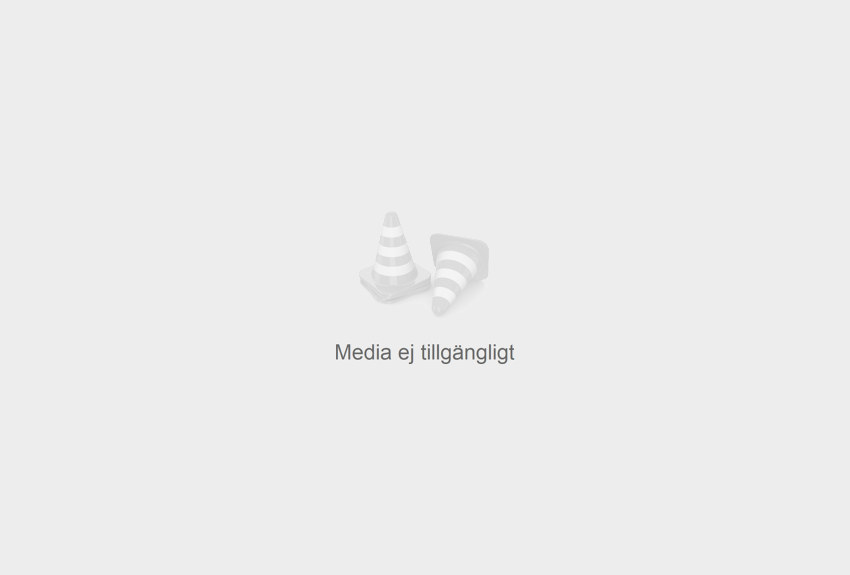
Placement
The logo can be placed in any corner of the material to be used. The logo must never be rotated in any direction. Avoid centre-alignment of the logo.
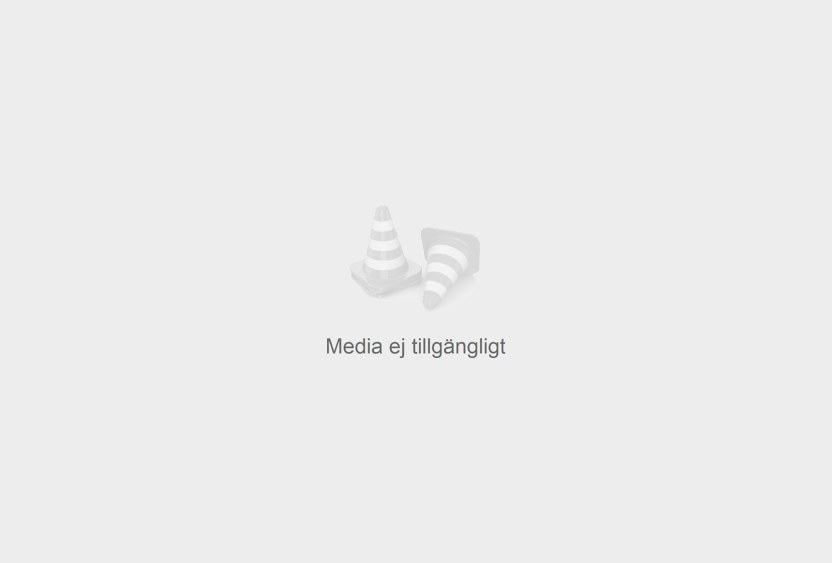
Free zone
The logo must always be surrounded by a free zone. The free zone is measured as the minimum distance to other graphics, text or images. The free zone must not contain any other elements, such as texts, logotypes or other graphics. The same minimum distance applies to the outer edges of the materials on which the logo is to be placed. The free zone is important for the logo to be seen, and so that text, addresses, decorative elements or images are not perceived as part of the logo. The area of the free zone must be at least the diameter of the symbol around the entire logo.
The free zone is the minimum required clear space; the more space around the logo, the clearer it will be.
If the logo is used on its own, the free zone requirement may not always be possible to apply. In this case, the recommended free zone is a half diameter symbol. These types of application must be approved by Servicecenter Kommunikation.
Symbols
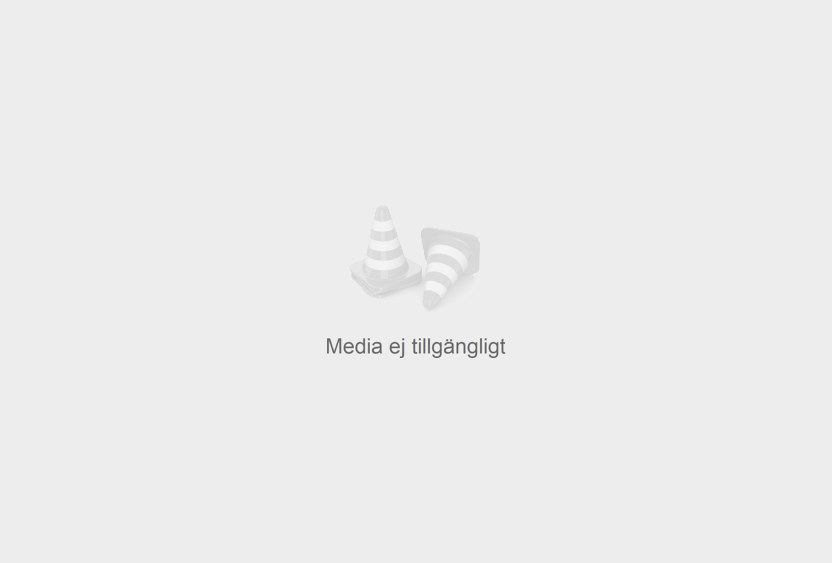
As a rule, Södra’s symbols (the rings and the spruce) must not be used alone. The entire logo, including both symbols and text, should be used wherever possible. Södra’s role as the sender will then be clear and simple for all of our target audiences.
However, there may still be reasons for disregarding the main rule and only using the symbols. These could include limited space, where there is not enough room for the entire logo, or in digital applications such as social media.
Another exception is when the symbols are used for brand-building or decorative purposes. In these situations, it is always important that the context explains and strengthens the connection with Södra. For example, Södra’s logo must always be included as a sender of the information. These types of application must be approved by Servicecenter Kommunikation.
Linking the name of a business area or operation with the symbols, and thereby creating new logos, is not permitted.
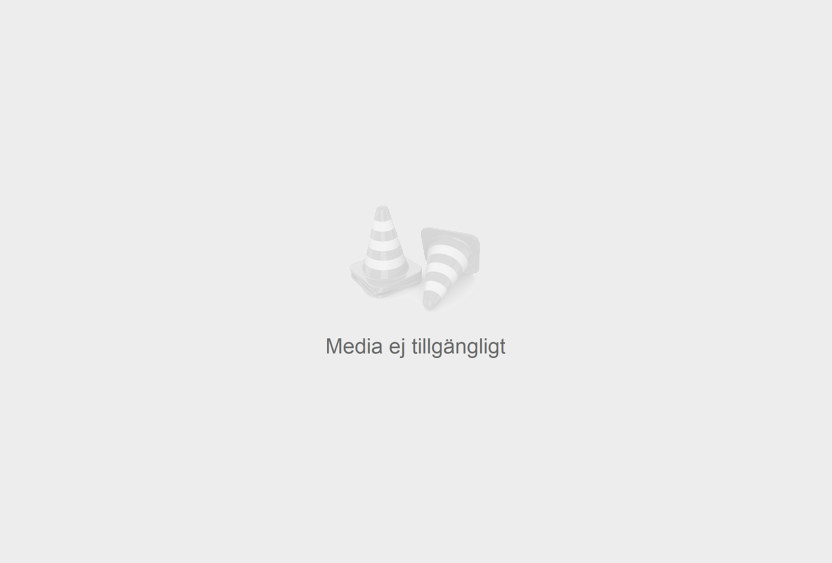
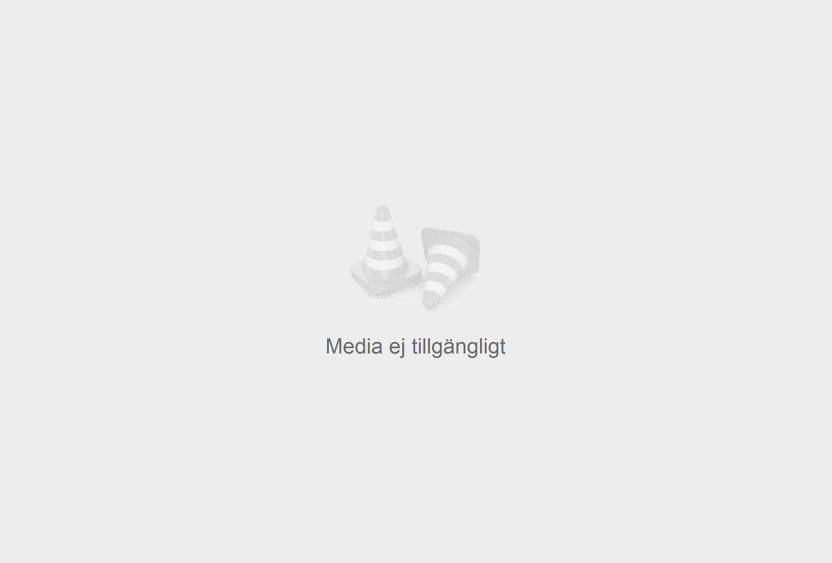
Clink the link below to download Södra’s symbols. The folder you download will contain symbols in Södra’s corporate colours, in three different file formats: EPS, PNG and JPG.
Typography
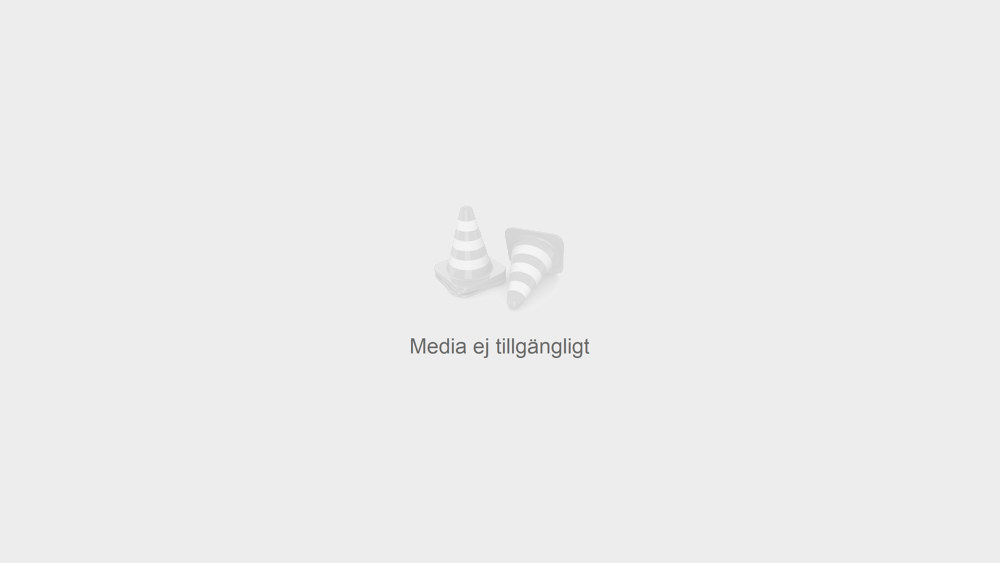
Our typography plays a key role in Södra’s graphic identity. Södra’s corporate typeface for printed media is Mercury. By following these typeface guidelines, we are helping to build recognition. We use Frutiger as a pairing typeface in printed media. In our digital communication, we use Georgia, Arial, Open Sans and Times New Roman. See the guidelines below.
Corporate typefaces
Two versions of Mercury are used – Display and Text G1. Mercury has been specifically designed for magazines and is particularly suitable for long texts. Mercury was founded by Jonathan Hoefler and Tobias Frere-Jones in 1997. It is a contemporary serif.

Mercury Display Roman is designed for larger point sizes and headings, and should not be less than 16 points.
- The line spacing is equal to the point size.
- Left-aligned.
- Space between words: 90%.
- Optical kerning: -25
- Headings are set in uppercase and lowercase letters.
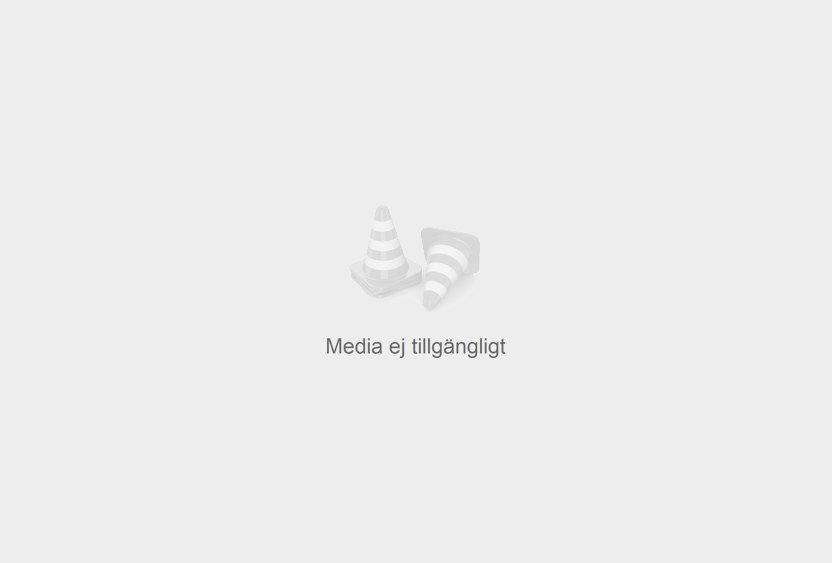
Mercury Text G1 is used for intros, body text, sub-headings and section headings, with 3-point line spacing and text.
- Left-aligned.
- Space between words: 100%.
- Optical kerning: -25
Mercury Text G1 Semibold with uppercase letters is mainly used for sub-headings, with the same grade as the body text. If several heading levels are required, second-level headings can be set without uppercase letters, for example, and Mercury Text G1 Roman can be used for third-level headings.
- Mercury Text G1 Italic is used for intros.
- For indents, the indentation is equal to the point size.
Examples of suitable typographic combinations
- Mercury Display Roman – for sizes above 16 point, and headings
- Mercury Text G1 Roman – body text
- Mercury Text G1 Roman Italic – intros
- Mercury Text G1 Semibold – sub-headings
Frutiger
Frutiger is Södra’s pairing typeface for printed media and was designed by Adrian Frutiger in the early 1970s. It is a sans serif typeface, intended to be highly legible. Frutiger is mainly used for tables, diagrams, fact boxes, captions, and so forth. Suitable combinations: 55 Roman, 56 Italic and 65 Bold.
application
A key principle is to use the least number of weights and variations possible. Text is set in black. On dark backgrounds or photos, the text can be reversed (white). Choose the colour that provides the best readability.
Download Typographic settings as InDesign templates
Click the link below to download paragraph style sheets, including A5, A4 and A3 templates for InDesign CC 2015. IDLM files saved for earlier versions of InDesign are also available. The templates are tools for Södra’s internal graphic production, advertising agencies and other partners.
Download typographic settings for Mercury
Typeface for our digital communication, and for our office environment
Södra’s corporate typeface for digital communication: Georgia. The Office templates also contain typefaces that do not carry Södra’s message. Mercury and Frutiger have been replaced with Georgia (or Times New Roman) and Arial. These fonts do not require any special licenses and are standard on all computers.
Georgia
Södra’s primary web and Office typeface is Georgia. Georgia is a serif typeface, designed for high readability on screen, even at small point sizes. Georgia is used for headlines in PowerPoint presentations, and in some Word templates.
Open Sans and Arial
Arial is used as a pairing typeface in the Office environment, and Open Sans in the web environment. Arial is mainly used for headlines, and should also be used for tables and diagrams in digital content.
Times New Roman
Times New Roman is used for the body text in memorandums and business-related documents, mainly in Word. The optimal size for body text is 9-12 points. Templates are currently under development and will soon be available on Södra computers.
Colours
Södra’s operations span a wide range of areas and our need to inform and communicate varies. A flexible colour palette accommodates all of our business areas under our joint brand. At the same time, the colours fit together to create a coherent visual expression for Södra.

Corporate colours
Our colour palette comprises a total of 12 colours. Södra Green is mainly used in Södra’s logo and for individual elements. It connects and clarifies the identity, but will be too heavy if allowed to dominate. Södra’s four corporate colours (Södra Lime Green, Södra Yellow, Södra Blue and Södra Red) are used as identity-building colours to lighten up and create balance. All colours can also be used as a 50 percent tint except for red, which is only used at 100 percent to accentuate, and used sparingly. Södra Red must never compete for space with other colours. Each colour has clearly defined colour codes for the PMS, CMYK and NCS models.
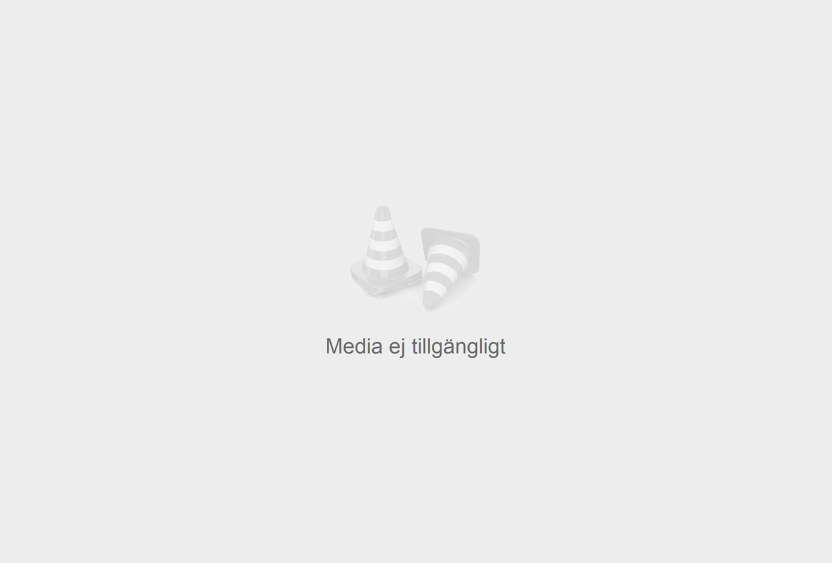
Colour codes
Södra Green
1. Pantone C 356 C / Pantone U 356 U / CMYK 100_0_100_15 / NCS S 3065-G10Y
2. Pantone C 2247 C / Pantone U 2247 U / CMYK 50_0_50_7 / NCS S 3040-G10Y
Lime Green
3. Pantone C 375 / C Pantone U 375 U / CMYK 35_0_100_0 / NCS S 0580-G30Y
4. Pantone C 2282 C / Pantone U 2282 U / CMYK 17_0_50_0/ NCS S 0550-G40Y
Yellow
5. Pantone C Yellow C / Pantone U Yellow U / CMYK 0_1_100_0 / NCS S 0580-Y
6. Pantone C 0131 C / Pantone U 0313 U / CMYK 0_0_50_0 / NCS S 0530-G90Y
Blue
7. Pantone C 2985 C / Pantone U 2985 U / CMYK 53_0_5_0 / NCS S 0540-B.
8. Pantone C 290 C / Pantone U 290 U / CMYK 26_0_3_0 / NCS S 0530-B
Red
9. Pantone C Warm Red C / Pantone U Warm Red U / CMYK 0_75_80_0
Black
10. CMYK 0_0_0_100
11. White
Grey
12. CMYK 3_0_0_6
BASE COLOURS
Black, white and grey are the base colours. The main colour for text is black, but on dark backgrounds or photos, the text can be reversed (white). Grey is used as the base/background for plates, for example.
HTLM colour codes
Södra Green
1. HEX #00854a / 2. HEX #7fc2a4
Lime Green
3. HEX #acc84e / 4. HEX #d5e3a6
Yellow
5. HEX #ffeb46 / 6. HEX #fff5a2
Blue
7. HEX #64c5d9 / 8. HEX #b1e2ec
Red
9. HEX #e4624a / 9. HEX #f1b0a4
HTML COLOUR
To create the same colour impression in our digital channels, there is an HTML colour palette with hexadecimal values for each colour. There is a separate set of design guidelines for Södra’s websites, services and apps. Please contact Servicecenter Kommunikation for more information.

Colour combinations
Permissible and non-permissible combinations of Södra’s colours are shown here. Always try to use as much contrast as possible. Red should only be used as an accent colour in, for example, diagrams. It must never be used to fill large spaces. The same applies to black, which we basically use only as text colour.
Using colours
Our colour palette allows us to use more or less colour, depending on the context. Think about the colour palette as a volume button that can be turned up or down, depending on the circumstances. The colour palette can be used by all of Södra’s business areas.
Some parts of our operations are required to offer clear information. In such contexts, the need for a rich mix of colours may be limited. For businesses operating in highly competitive markets, the need for a rich mix of colours may be greater. Please remember that these core principles are guidelines, not rules. There may be a need for colour-rich formal information, or for less colourful communication material. The business operations are free to use the colours according to their needs. However, one single colour must not be linked consistently to any single business operation, and two different colours must never be mixed.
Please note that the colours are mainly intended for Södra’s graphic expression and should be used with caution, for example, when painting. Text is set in black. On dark backgrounds or photos, the text can be reversed (white). Choose the colour that provides the best readability. White also plays a key role in our graphic expression. Do not be afraid to use white space.
Colour models
- Pantone (PMS) = Pantone Matching System. Used for spot colour printing. A spot colour is often combined with four-colour printing to produce the exact logo colours. U in the colour code stands for “uncoated.” C in the colour code stands for “coated.”
- RGB = Red, Green, Blue. Used when reproducing a colour image. Including the colours displayed on a computer screen. RGB has a larger colour gamut than CMYK. RGB colours are defined by values ranging from 0-255.
- CMYK = Cyan, Magenta, Yellow and K (black). Used for four-colour printing of, for example, ads, printed materials and posters. CMYK colours are defined by the percentage of each colour.
- U in the colour code stands for “uncoated.” C in the colour code stands for “coated.”
- HEX = Hexadecimal. Used to define HTML colours when displaying digital solutions in web browsers.
- NCS = Natural Colour System. Used on vehicles, and for wall paint. The light colour is recommended.
Graphic elements
Our graphic elements serve as additional tools for building recognition in Södra’s communication processes. Here you will find information about when, how and what you should use
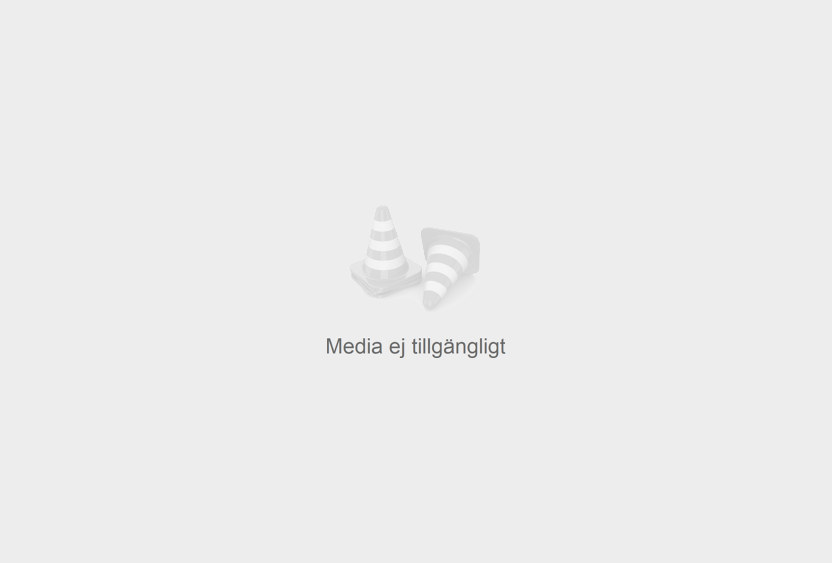
Pictograms
Our graphic elements serve as additional tools for building recognition in Södra’s communication processes. Here you will find information about when, how and what you should use.
Pictograms are used to illustrate a context, clarify a feature or to promote a message in our communication. Pictograms should not be used as decorative elements – they must always serve a purpose, such as strengthening a context, or simplifying a message. Södra’s pictograms must never be used as a logo, or combined with Södra’s logo. They must not be combined to form new pictograms, or filled with images.
Pictograms are used to illustrate a context, clarify a feature or to promote a message in our communication. Pictograms should not be used as decorative elements – they must always serve a purpose, such as strengthening a context, or simplifying a message. Södra’s pictograms must never be used as a logo, or combined with Södra’s logo. They must not be combined to form new pictograms, or filled with images.
Pictograms are used to illustrate a context, clarify a feature or to promote a message in our communication. Pictograms should not be used as decorative elements – they must always serve a purpose, such as strengthening a context, or simplifying a message. Södra’s pictograms must never be used as a logo, or combined with Södra’s logo. They must not be combined to form new pictograms, or filled with images.
When using more than one pictogram, there must be enough distance between them to make each pictogram easily recognizable, and when clustering, the line thickness of each pictogram must be equal. The pictograms must never be placed on photos. The permissible colours for pictograms are Södra Green, Södra Blue, Södra Yellow and white.
For colour combinations, refer to the section on Colours/Colour combinations. Black and white: When colour is not an available option, when printing black and white ads, for example, the concentration of black in the pictogram should be 50 percent.
Lines
Lines are used consistently in Södra’s visual identity. The contrast between thick and thin lines creates a dynamic impression and builds recognition. Södra’s typeface Mercury, with its thick ascenders and thin descenders, pictograms with their two-line widths, and the lines we place under and over paragraphs in our communication, are typical examples.
Lines can be used in a number of ways, but to be consistent, they should always consist of a top line with 0.5-point thickness, and a bottom line with 5-point thickness. The distance between lines and text should always be 4 mm, but can be adapted for larger text sizes.
The idea is that lines should have multiple uses. They can be used for individual headers, intros, header and body-text combinations, fact boxes, quotes and graphic elements. See the examples below. The lines should always be used separately, and not joined together.

Södra’s pattern
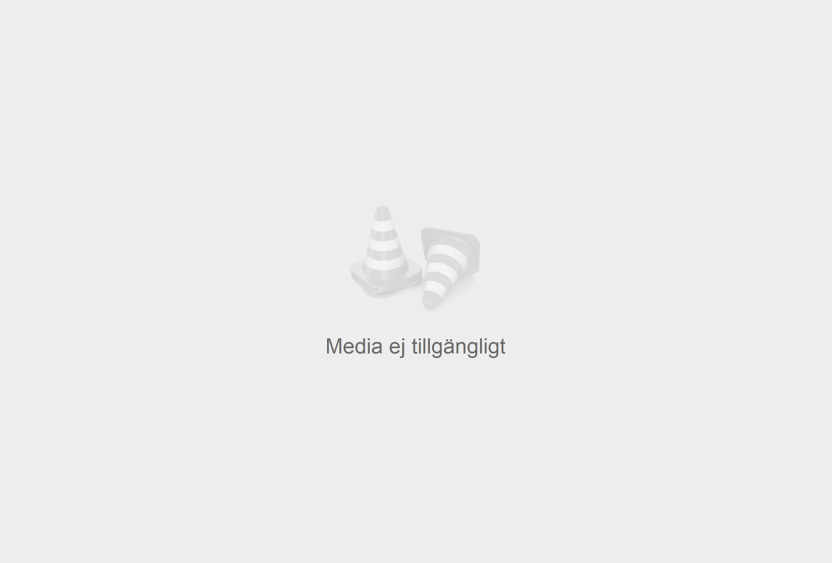
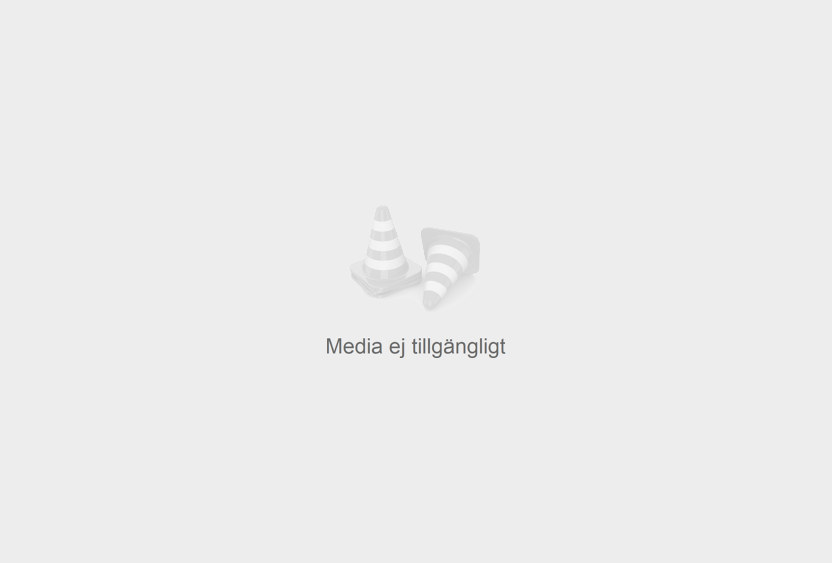
Södra’s pattern is inspired by the tree rings of a spruce, and helps to keep our visual identity consistent across all of our channels. Some 80-90 percent of the background colour consists of blue and green lines, and 50 percent is yellow. Depending on the printing technique, the colour of the lines may need to be adjusted.
Södra’s pattern can also be used with just the lines, in which case, only Södra’s colours are used for the lines.
For an A4 format, the lines are 1 point thick and 4 mm apart. The same proportions apply when the pattern is used on larger or smaller spaces; proceed from the A4 sheet and adapt the percentages accordingly. On an A5 sheet, for example, reduce the pattern to 71 percent. The positive-negative pattern should not be used if it clashes with other graphic elements, or on formats with a height of less than 50 mm.
Images
Images play a key role in our communication and are used to clarify or strengthen our message. All of our images should be cohesive and consistent to build recognition, and to convey the right feeling. The message conveyed by our images affects how the business environment perceives us, while a shared visual language helps us to define Södra.
Image style
Our visual language describes the feeling that should be reflected by all of our images, and is characterised by a documentary feel, naturalness, curiosity, new perspectives and a distinct format.

Documentary feel
Our photographic images should reflect a sense of naturalness and spontaneity. This conveys vitality and helps to build credibility. Choose real-life environments and avoid motifs that feel staged. The image should provide a fly-on-the-wall glimpse.

Naturalness
We seek various forms of naturalness in our images. This enhances the authenticity of our message. Our photographic images should be shot with ambient light, and convey a sense of warmth, honesty and closeness.

Curiosity and new perspectives
Our images should reflect the beauty and poetry of everyday life, and inspire curiosity. Choose both abstract and representational images. Search for new perspectives on our business operations. Contrast creates a dynamic impression. An overview image in colour becomes even more interesting when placed next to a black-and-white image with abstract detail. Try to use close-ups that can create visual tension.

Distinctive style
Composition and light should create a sense of quality. Preferably choose images with a straight horizon. Avoid wide-angled shots unless required by the motif. Photos with a shallow depth of field can often make ordinary moments more exciting. Use a variety of images, such as close-ups, wide shots, etc. Images should have a sober, soft and warm colour scale, with a soft contrast. Images may also be black and white.
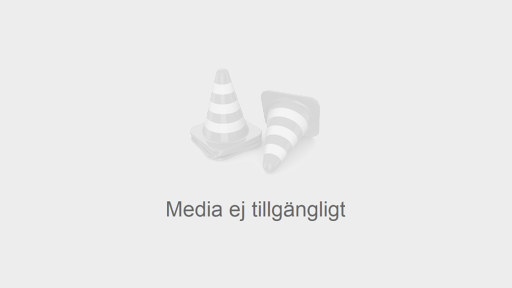
Illustrations
Illustrations can be used in many different contexts. Sometimes to define complex information, sometimes for more decorative purposes. Unlike pictograms, illustrations have the same status as photographic images. When a photo is unable to show what we want to achieve, illustrations can be used to explain and clarify complex technical information. A collection of drawings and illustrations is available. Please contact Henrik Björnsson, image editor at Södra.
IMAGE BANK
You find our imagebank at imagebank.sodra.com
Please contact Henrik Björnsson, henrik.bjornsson@sodra.com, if you need an inlog or assistance with images.
Copyright and consent
- According to the Swedish Act on Copyright in Literary and Artistic Works, the creator of an original work has exclusive rights for its use and distribution. The Act also covers analogue and digital images.
- The definition of images includes photographs, drawings, illustrations and collages. If you want to modify the content of an image, you must first request permission from the creator. Modifications include cropping, retouching, digital manipulation or any other methods.
- In editorial and communication contexts, the name of the photographer or illustrator must be given. In advertisements, the name of the photographer or illustrator should be given. Creators always have exclusive rights for their own images.
- When you order an image, you are purchasing the right to use the image in a particular context, such as a specific publication, with a specified number of copies and distribution, or for publication on the Internet for a specific period of time. The creator must be contacted before making any changes to the agreement. New permission and royalty payments are required before the image can be re-used.
- New copies of the image must not be produced without the creator’s permission, whether the image is reproduced in newspapers, publications, photocopies or on the Internet.
- You can buy usage rights for an image. Buying usage rights means that you purchase all rights except for the non-profit right of use that the photographer always retains.
Images of people
Using identifiable people in images requires extra caution. If a person can be identified in a photo or video, the photographer must request that person’s consent before using the image in Södra’s communication.
Corporate boilerplates
To create a consistent and coherent image of Södra, the following boilerplates have been produced to summarise the company. Each text comes in three different versions and lengths, and will be updated when necessary.
Short
Södra was founded in 1938 and is the largest forest-owner association in Sweden, with a membership of more than 51,000 forest owners. We engage in modern and responsible forestry, and operate state-of-the-art mills in which we process our raw material. Net sales in 2017 were 20.5 SEK billion and there were 3,400 employees. Through value-generating relationships and a long-term approach, Södra is leading the way for the future of sustainable forestry.
Medium-length
Södra was founded in 1938 and is the largest forest-owner association in Sweden, with a membership of more than 51,000 forest owners. Södra is also an international forest industry Group, with 3,400 employees around the world. Net sales in 2017 were 20.5 SEK billion. Balancing production efficiency with nature conservation guides everything that we do. We produce timber, interior wood products, pulp for paper and textiles, and green energy. We use every part of the tree, and are always looking to develop new products from this fantastic, renewable raw material. Södra is a world-leading producer of market pulp and also owns one of the largest sawmill operations in Europe. Through value-generating relationships and a long-term approach, Södra is leading the way for the future of sustainable forestry.
Long
Södra was founded in 1938 and is the largest forest-owner association in Sweden, with a membership of more than 51,000 forest owners. We provide high-quality services for our members, from planting and forest management advice to final harvesting. Balancing production efficiency with nature conservation guides everything that we do. Sweden is a leader in terms of utilizing the forest in a sustainable way, and Södra plays a major role in this respect. The forest estates of our members provide the raw material for our mills. Södra is also an international forest industry Group, with 3,400 employees around the world. Net sales in 2017 were 20.5 SEK billion. We have one of the largest sawmill operations in Europe, in which we produce sawn timber and interior wood products. The building trade is our largest customer category, and exports account for some 70 percent of sales. Sawmill production has increased in recent years. In our pulp mills, we produce pulp for paper and textiles and green energy. Södra is a world-leading producer of market pulp with modern and efficient mills. We have invested significantly to increase their production capacity. The excess is used to supply several communities with green energy. We use every part of the tree, and we are continuously developing new products from this fantastic, truly sustainable raw material. Innovation is key for us, and our research has led to the development of biofuels and alternative to fossil-fuel products. Through value-generating relationships and a long-term approach, Södra is leading the way for the future of sustainable forestry.
